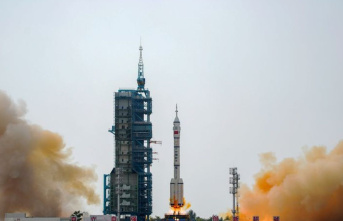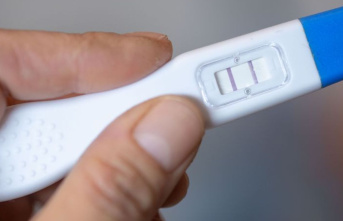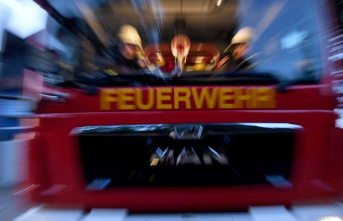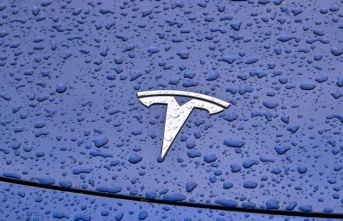Aside from the fact that a dirty cooker hood is unsightly, its performance is also reduced: If the metal filter is clogged with too much grease and dirt residue, the air can no longer be sucked in properly. You can see it and smell it when the fumes created during cooking spread unfiltered in the kitchen. It is all the more important to regularly clean the extractor hood (inside and outside). We will tell you how this works best and what you should pay attention to.
In order to understand how a range hood works and why it is so important to clean it regularly, we have to distinguish between three different types - there are exhaust, recirculation and hybrid systems. These differ from each other as follows:
Regardless of which system was installed in your extractor hood, (almost) all new devices nowadays have a removable metal filter. As they filter grease and dirt residue from the air, a greasy film settles on the surface over time. You have two options for removing this: you can clean it by hand – or you can put it in the dishwasher. The following information should be observed.
If you want to clean the metal filter by hand, you can either use tried-and-tested home remedies such as washing-up liquid and water. Or you can use classic household cleaners, such as a degreaser. Depending on the size of the filters (often there are two), you can clean them in the sink or alternatively in the shower. Fill the basin with hot water and dish soap or degreaser, then soak the grid in it for at least an hour. To remove all residues, the surface should finally be scrubbed with a clean dish brush. Rinse the metal with fresh water and dry it with a kitchen towel before it goes back into the hood.
If the metal filter is to be cleaned in the dishwasher, there are a few points to consider here as well: Check in advance whether your model is suitable for the machine, most manufacturers will provide information on this. For light soiling, it is sufficient to place the grid vertically in the machine. For stubborn grease and dirt residues, it is better to place the filters horizontally so that the entire surface is cleaned as well as possible. After that, all you have to do is start the intensive program and wait. You should then rub the metal grid dry before placing it in the extractor hood.
It's not just the metal filters that magically attract dirt residue: over time, a greasy film of grease also accumulates on the housing of the extractor hood. To remove this, you can rely on proven cleaning agents, such as a stainless steel cleaner. For other materials such as aluminum, glass or plastic, you can also rely on proven home remedies, such as citric acid, baking soda - or even ordinary cooking oil:
Another important note: Do not use any aggressive cleaning agents if you want to clean the extractor hood. These can attack and damage the material.
Depending on how often you cook, the extractor hood will need to be cleaned more or less often. If you stand in the kitchen every day and prepare food, you will notice a light film of grease on the metal filters after two to four weeks at the latest. The longer you wait before cleaning, the harder it is to remove grease and dirt residue - as it hardens over time. The activated charcoal filter in recirculation mode, on the other hand, should be replaced every three months. A grease filter fleece, on the other hand, which many old extractor hoods still have, has to be completely replaced every three to six months. Unfortunately it cannot be cleaned.
This article contains so-called affiliate links. There is more information here.












